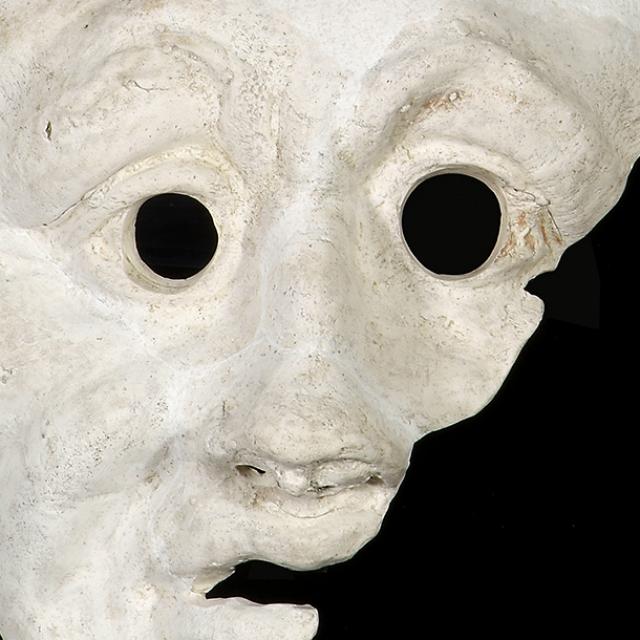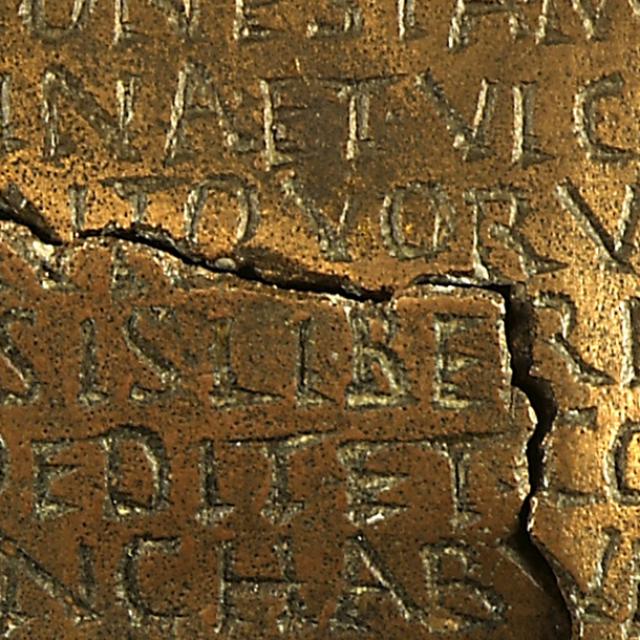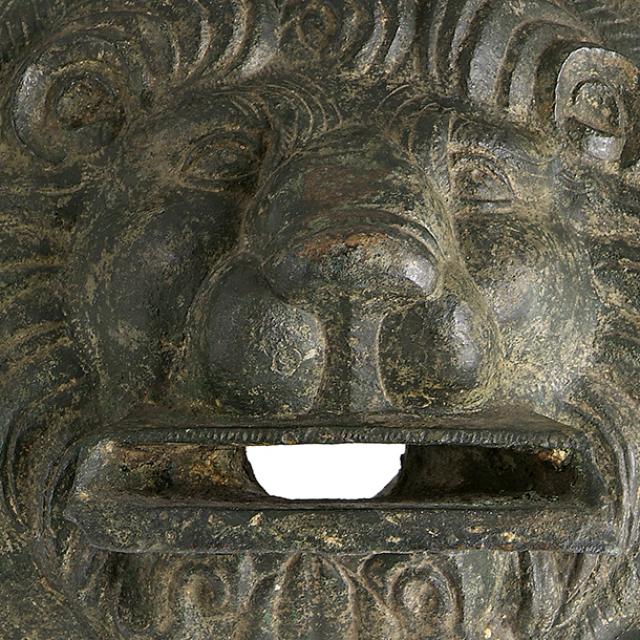Archaeology
The itinerary devoted to archaeology can trace human evolution, from prehistory to the end of the Carolingian era (between -500,000 years and the year 1000!).
The prehistoric artefacts on display, which originated from the former museums of Archaeology and Decorative Arts, come mainly from the Marcel de Puydt collection, which was donated to the City of Liège in 1920. They are the result of this archaeologist's personal research for nearly 50 years, and excavations at Spy (1885–1886) and Hesbaye (1888–early 20th century). Thanks to the exceptional donation from Georges Cumont (1914), one of the country’s richest Prehistory collections has been created.
Two recent deposits from the University of Liège (part of the Schmerling collection and lithic and faunal material from the Belle Roche site in Sprimont) have added further value to the Prehistory collections.
The material from the Roman period, in particular, comes from excavations conducted by the Liège Archaeological Institute between the second half of the 19th century and the first third of the 20th century (Juslenville, Jupille, tumuli of Braives, Blehen and Hodeige, graves of Vervoz and Bois-et-Borsu, etc.). The collections increased again in the years 1970–1980; this occurred thanks to two large deposits, which were the result of excavations carried out in a habitat context. The archaeological material was discovered during the excavations of the villa in Place Saint-Lambert in Liège between 1977 and 1984, and the excavations around the Haccourt villa.
The archaeology department is divided into several sections: prehistory, archaeological jewellery, Rome and the Merovingian and Carolingian periods.
Marcel de Puydt's interest in prehistoric archeology dates back to his adolescence, during which time he was introduced to the classification of the collections of the Musée archéologique de Namur thanks to the historian and archivist Jules Borgnet, father of a friend.
Ancient stone

Decorative idea

To dig is to go back in time

An important detail

To the Gods

Frontinian barrel

A geologist at the service of archaeology

In memory of Hippolyte Lamproye

An unstable vase

The unavoidable
Bust vase

Monetary treasure of Clavier-Vervoz

Votive altar

Lustral basin of Jupille

Decorative mask

Dodecahedron

The Vervoz funerary collection

Eye-drop cachet

Fragments of a military diploma

Statuette of the God Mercury

Mithraic bronzes

Pedestal of a so-called Anguiped monument

Curator's note
The museum’s archaeology collections are rich and diverse, full of objects that offer a good overview of the history of human evolution and techniques, from prehistory to the Carolingian period. Local heritage is notably highlighted, with a selection of artefacts from the prehistoric sites of Sprimont (La Belle-Roche), Engis and Place Saint-Lambert in Liège... and the Roman settlement of Jupille (Liège). This journey into the past will also take you to China (Zhoukoudian), Iran (Luristan) or Switzerland (pile dwellings).
Jean-Luc Schütz

